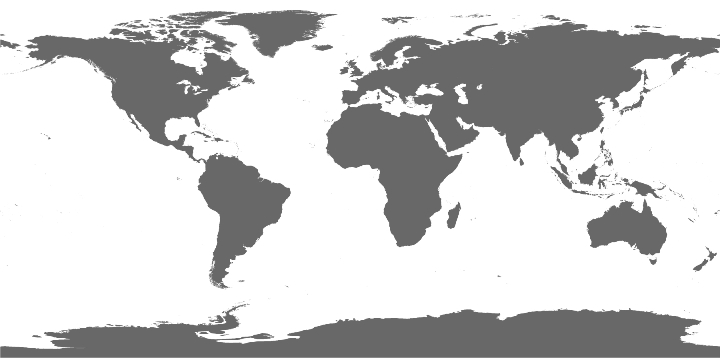Dataset 98
Zoobenthos data from the Southern Beaufort Sea, 1971-1975 - Wildco Petersen Grabs 1974-1975 only
Realm: Marine
Climate: Polar
Biome: Polar ecoregions Central latitude: 70.392826
Central longitude: -135.322095
Duration: 2 years, from 1974 to 1975
Climate: Polar
Biome: Polar ecoregions Central latitude: 70.392826
Central longitude: -135.322095
Duration: 2 years, from 1974 to 1975
834 records
241 distinct species
Across the time series Tharyx acutus is the most frequently occurring speciesMethods
This study retain a subset of the original deposited data, which is a subset constantly sample with standard methods, Wildco Peterson Grabs. In 1974 Wildco Petersen grabs were used to sample stations 74-544 to 74-559 from M.V. Theta.In 1975 a Petterson grab was used to sample stations 75-565to 75-568 from the surface of the ice using a helicopter for transportation. In 1975 a Wildco Petersen grab was used to sample stations 75-569 to 75-575 from Pandom II. These samples were taken by a party from Northern Operations . Department of Fisheries and Environment at Whitehorse. Yukon Territory.The Wildco Petersen grab samples an area of 0.09 m2 and has a volumeof about 9.7 liters. The area sampled by grab at each station varied from 0.25 to 0.32m2, which produced comparable assemblages. Only adequate grab samples were retained. An adequate sampleis one in which the grab samples the bottom evenly. samples atleast 2 liters of substrate. and is closed when brought to the surface.Depth of penetratlon into the substrate may vary with type of substrate.but at most stations depth of penetration was from 6 to 10 cm.After the collection of a set of grabs from a station. substrateand organisms were washed on a stainless steel screen with a mesh sizeof 0.5 mm. Retained invertebrates and debris were preserved in formalin(1 part formaldehyde with 9 parts water) for transporting to the ArcticBiological Station where they were processed. Processing consists of sorting, identifying, counting and weighing specimens in each sample. Each sample was sorted by hand using a Wild M5 dissecting microscope. Specimens were identified to species in most cases andcounts of specimens for each species were recorded. Species identification was not attempted for a few taxa, such as nematodes, nemerteans, hydroids, and bryozoans, and although several species maybe involved, they were listed by taxon on a collective basis. In a similar manner sponges, bryozoans, hydroids, and other colonial forms were regarded as one individual . Protozoans were arbitrarily excludedfrom the study .After sorting and identification specimens were dried (drying oven at 100C overnight) and weighed on a Sartorius gravimetric balance to four decimal places. The dry weight excludes tubes and shells, but no effort was made to eliminate gut contents. The calcareous parts of echinoderms and the skeletal parts of sponges are included in the dry weight because of difficulty in separating organic and inorganic parts.Data are presented on a m2 basis (Tables 8-108). For each sample number and weight of individuals of each species were multiplied by a factor t o convert sample values to m2 values. As an example, values derived from a sample area of 0.25 m2 were multiplied by 4 to obtain the m2 values. The factor was rounded off to the nearest 0.5; thus, afactor of 2.5 (instead of 2.6) was used to multiply values from a samplewith an area of 0-39 m2 in converting t o m2 values. Most species collectedby grab were considered to be representative. and their sample values wereconverted to m2 equivalents in a consistent manner. In a few cases, as indicated, the sample values were used without converting, because representation of occasionally collected, usually large, epifaunal species could not be assessed.Citation(s)


























.
In (Eds.),
(p. ).
:
.
,
(),
.



